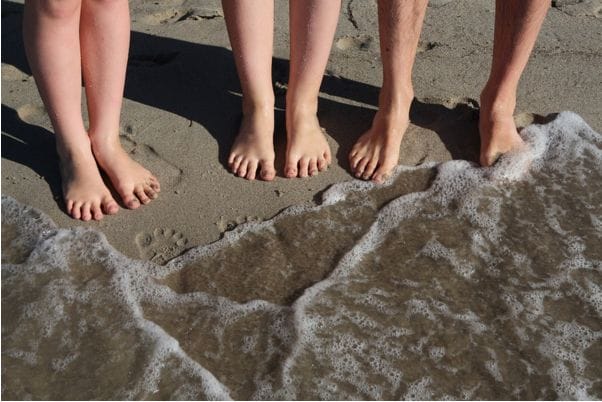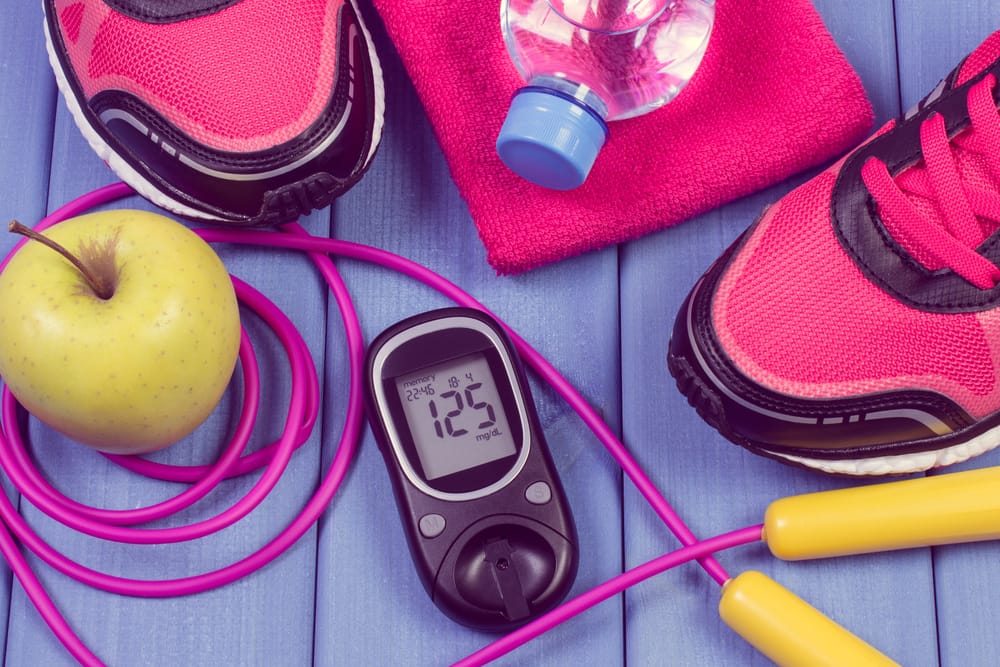Travelling with diabetes can be a tricky proposition. It can feel like there’s so much more to remember than there would be for a non-diabetic; you’ve got entirely different medications, yes, but you also need to factor in other travel necessities that revolve around those medications. It can be handy to have a checklist on hand to make sure you’ve got everything you’re going to need, especially when you’re travelling somewhere remote or where it might be difficult to get help if you start to struggle. Here’s our travelling with diabetes checklist!
Medication
First and foremost, you need to make sure that you’ve got the medication you require. Whatever your doctor has prescribed you for your diabetes, make sure you’ve got it with you. A general rule of thumb is to pack around two to three times more medicine than you actually need; this means that in an emergency, or if you lose any of your medicine, you’ll be able to access it without worrying. Don’t be afraid to recruit someone to keep an eye on your medicine supplies if you don’t think you’ll be able to do it yourself!
Doctor’s advice
Depending on the severity and nature of your diabetes, as well as your destination, it may not be a good idea for you to travel at all. Consult with your doctor prior to travelling and ask them if there’s any reason you shouldn’t go where you’re going. They’ll tell you if there are any pressing medical concerns. Don’t use Google or other internet search engines to try and research this yourself; rely on the advice of your medical professional, as they will have your best interests at heart.
Equipment
Related to medicine, you should also make sure you’re packing all the equipment you need with you as well. This includes things like pens, pumps, and cooler bags to stop insulin overheating. You should also make sure you’re well-equipped with needles so that you don’t find yourself caught short and unable to inject the insulin you need. Pack your equipment and your medication in different bags if you feel like you need to keep track of them separately.
Identification
You may well have some kind of documentation identifying you as diabetic. If you do, make sure that you take that documentation with you. It’s a good idea to have a way for people to identify you as diabetic so that they know what kind of help to administer. If you have a hypo or a hyperglycaemic episode and nobody knows you’re diabetic, it’s going to be that much harder for you to get the assistance you need. Ask your doctor if some kind of documentation can be drawn up (if you don’t already have some, that is).
A flexible itinerary
As a diabetic person, you need to make sure that your itinerary is flexible. If you’ve planned everything down to the last minute and then a delay happens, then you might find that you haven’t got the opportunity to take your medication. Naturally, you want to avoid that scenario, so make sure you leave plenty of gaps or opportunities for delays or changes to your itinerary. That way, you’ll always be prepared in case the situation changes abruptly.
Snacks
You might find that there are delays in your flight or to your travel itinerary. If this happens, then you need to make sure you’re well-equipped with whatever snacks you’re able to eat. Make sure the snacks are safe for your particular type of diabetes, of course; the last thing you want is to suffer an episode before you’ve even boarded the plane, after all. Keep a surplus of snacks with you, as you never know how lengthy the delays might be.
Healthcare information
The country you’re travelling to (assuming you’re leaving the country to travel) might have vastly different healthcare protocols and regulations than the one you call home. With that in mind, brushing up on your destination’s healthcare system is a very good idea. That way, if you do need medical attention urgently, you’ll know where to go and what to do. Make sure the people you’re travelling with are also informed about this, as they will be able to help you.
Maps with pharmacies and medical institutions marked
Your smartphone’s maps app might be a great way to get around, but you can’t allow yourself to rely on it when it comes to making sure you’re always near a pharmacy or a medical institution. Make sure to bring some physical maps so that you always know where the nearest pharmacy is. Physical maps can’t run out of battery, after all, and while it is, of course, possible to lose them, this is less likely to happen if you keep your travelling companions informed of your plans.
Exercise
This is less of a checklist item and more of a reminder. When you’re travelling, it can be tempting to simply let your cares float away, especially if the weather is nice. However, you need to make sure that you’re getting regular exercise. People who suffer from diabetes are more likely to experience blood clots, and keeping your blood circulating by moving around will help you to avoid this. If you can, try taking short walks during the flight or ferry ride as well, as this will help you to avoid blood clots during potentially lengthy travel times.




